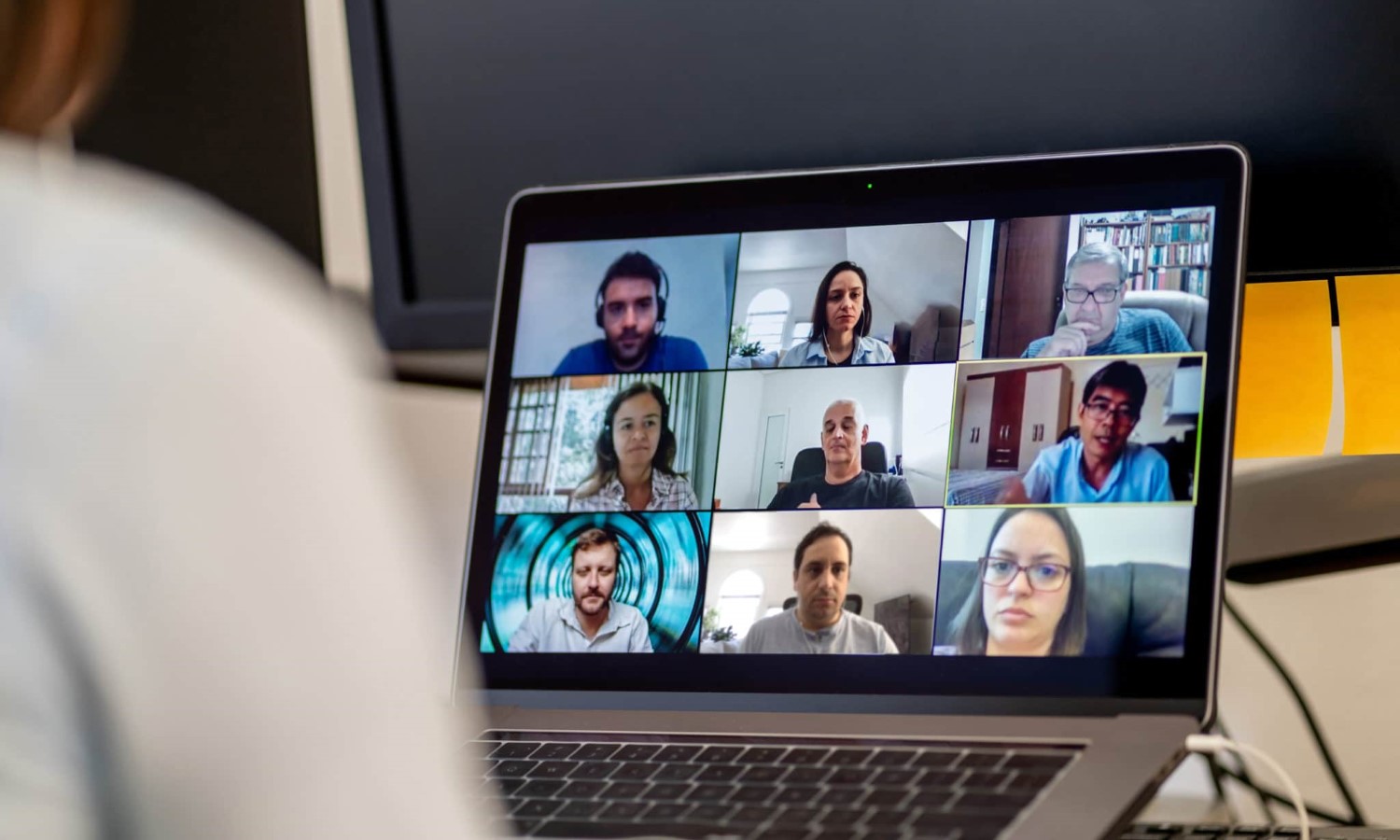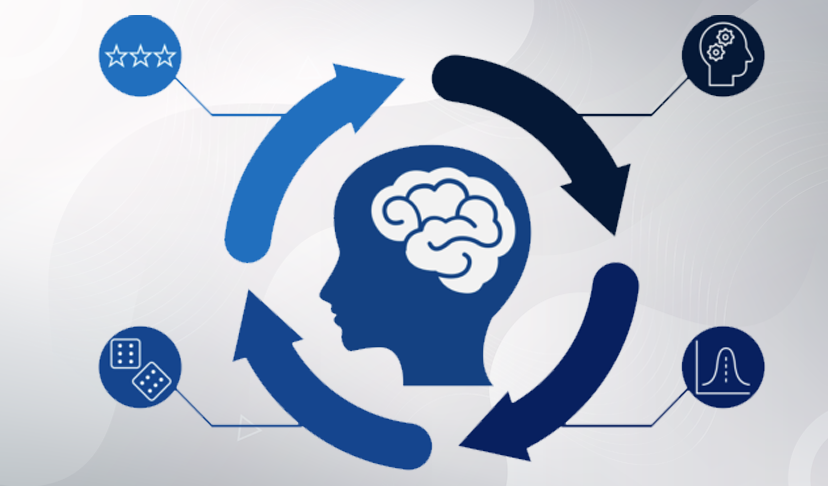Is Your Organization Meeting the Changing Learning Needs of Your Employees?

In today’s rapidly evolving workplace, employee learning has become a critical factor for organizational success. As the workforce demographics and technological advancements continue to shift, organizations must ensure they keep up with the changing learning needs of their employees. This blog explores the importance of staying abreast of these changes and provides strategies for organizations to adapt their learning and development initiatives accordingly.
Understanding the Changing Learning Needs of Employees Technological Advancements:
The digital age has revolutionized the way people acquire knowledge and skills. Employees now expect learning opportunities that leverage technology, such as mobile learning apps, online courses, and virtual reality simulations.
Generational Shifts: With a multigenerational workforce, organizations need to cater to diverse learning preferences. Millennials and Gen Z employees, for example, value experiential and collaborative learning, while older generations may prefer traditional classroom-style training.
Remote Work: The rise of remote work has necessitated flexible and accessible learning options. Organizations must provide remote employees with virtual learning platforms and tools to support their professional development.
The Benefits of Keeping Up with Employee Learning Needs Increased Engagement and Satisfaction:
When organizations invest in meeting employee learning needs, it leads to higher levels of engagement and job satisfaction. Employees feel valued and empowered when their growth and development are prioritized.
Enhanced Productivity and Performance: Continuous learning improves employee skills, knowledge, and competencies, resulting in increased productivity and improved job performance. Well-trained employees can adapt to changes more effectively, contributing to organizational success.
Improved Talent Retention and Attraction: Organizations that prioritize employee learning create a positive work environment that attracts and retains top talent. Learning opportunities demonstrate a commitment to employee growth, making the organization an attractive choice for job seekers.
Challenges in Meeting Changing Learning Needs Outdated Learning Methodologies:
Traditional, one-size-fits-all training methods may not align with the diverse learning needs of employees. Organizations must adopt innovative approaches, such as microlearning, gamification, and personalized learning paths.
Lack of Alignment: Misalignment between learning initiatives and employee needs can result in disengagement and wasted resources. Organizations must conduct regular learning needs assessments to identify skill gaps and design targeted training programs.
Limited Resources and Budget Constraints: Many organizations face limitations in terms of budget and resources for learning and development. Creativity and resourcefulness are necessary to leverage cost-effective solutions, such as leveraging free online learning platforms or utilizing internal subject matter experts.
Strategies to Keep Up with Changing Learning Needs Conducting a Learning Needs Assessment:
Regularly assess employee learning needs through surveys, focus groups, or performance evaluations. This data will guide the development of tailored learning programs.
Embracing Technology: Leverage technology-enabled learning platforms, such as learning management systems (LMS) or virtual classrooms, to provide accessible and interactive learning experiences. Mobile learning apps can also offer on-the-go access to training materials.
Implementing Personalized and Adaptive Learning Approaches: Customize learning paths based on individual employee preferences and skill gaps. Adaptive learning systems can dynamically adjust content and pace to meet the unique needs of each learner.
Encouraging Continuous Learning and Development: Foster a culture of continuous learning by promoting self-directed learning, providing resources for professional development, and recognizing and rewarding employees who actively seek growth opportunities.
The Role of Leadership in Supporting Employee Learning Creating a Culture of Learning and Growth:
Leaders should champion a learning culture by actively participating in training programs, encouraging knowledge-sharing, and leading by example. This creates an environment where learning is valued and embedded in the organization’s DNA.
Providing Resources and Support: Allocate resources for employee learning, such as dedicated learning budgets, time for training, and access to subject matter experts. Supportive managers play a crucial role in facilitating learning opportunities and providing ongoing feedback and coaching.
Encouraging Managers to Prioritize Learning and Development Discussions: Managers should engage in regular performance conversations that include discussions on employees’ learning goals, progress, and development opportunities. This helps align individual development with organizational goals.
Conclusion:
Staying abreast of the changing learning needs of employees is crucial for organizations to foster a culture of growth, engagement, and success. By understanding the impact of technology, generational shifts, and remote work, organizations can design effective learning strategies that enhance productivity, attract top talent, and drive organizational performance. By embracing innovative learning approaches and providing ongoing support, organizations can empower their employees to thrive in the evolving workplace landscape. By keeping up with employees’ learning needs, organizations ensure they remain competitive and future-ready.



